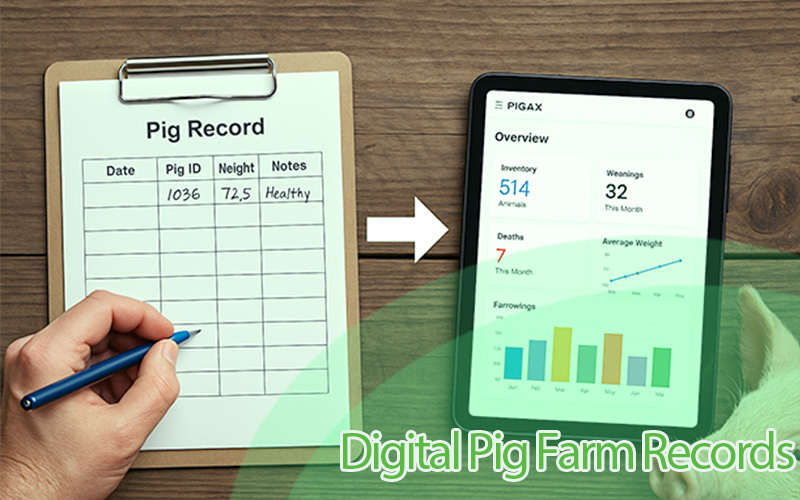Dangers of implementing the continous flow system for pig farm operations
In the world of pig farming, the continuous flow system has gained popularity as a pig flow management strategy. It involves a constant influx and outflow of pigs within a facility instead of the strict flow of the all-in, all-out system. While the continuous flow system offers certain advantages, it is crucial for pig farmers to be aware of the potential dangers that come with its implementation. By understanding these risks, farmers can make informed decisions and ensure the well-being and productivity of their pig herds.
Dangers of the continuous flow system
I. Increased Disease Transmission Risks
In a continuous flow system, the constant movement of pigs creates an environment ripe for disease transmission. As new pigs are introduced and sick pigs are not easily isolated, disease outbreaks can quickly spread throughout the facility. This poses significant challenges in effectively isolating and treating sick pigs, leading to negative impacts on pig health, productivity, and ultimately, farm profitability.
II. Difficulty in Implementing Biosecurity Measures
With pigs constantly moving through different stages and groups, the risk of cross-contamination between groups is heightened. It becomes increasingly challenging to implement and enforce biosecurity measures, increasing the likelihood of disease outbreaks and compromising the overall health of the herd. Strict adherence to protocols and rigorous hygiene practices are essential to mitigate these risks.
III. Inefficient Resource Utilization
As pigs are continuously introduced and removed, there is an uneven distribution of labor and equipment usage. This inefficiency can lead to increased operational costs and reduced overall farm productivity. It becomes challenging to optimize resource allocation and maintain an efficient workflow, which can negatively impact the financial sustainability of the pig farming operation.
IV. Lack of Control Over Growth Rates
With pigs entering and exiting the system at different times, there are significant variances in pig sizes within a group. It is important to ensure uniformity within a group and optimize market readiness. However, the continuous flow system presents difficulties in achieving this control. This lack of uniformity can result in challenges regarding market readiness and profitability, as pigs may not reach the desired weight and quality simultaneously.
V. Increased Stress and Aggression Among Pigs
The constant movement and re-grouping of animals can induce stress, leading to health issues and reduced welfare. Additionally, the challenge of managing aggression and establishing a stable social hierarchy within the groups adds to the potential dangers of the continuous flow system. Aggressive behaviors can result in injuries, hamper growth rates, and affect the overall well-being of the pigs.
VI. Limited Flexibility and Adaptability
Flexibility and adaptability are vital considerations in pig farming, as market demands and farm goals may evolve over time. Unfortunately, the continuous flow system offers limited flexibility in accommodating changes. Adjusting production levels or transitioning to different pig breeds becomes challenging due to the constant movement of pigs. This lack of adaptability can hinder farm expansion plans and make it difficult to respond to shifting market demands effectively.
Conclusion
In conclusion, while the continuous flow system offers certain benefits, it is essential for pig farmers to be aware of the potential dangers associated with its implementation. Increased disease transmission risks, difficulties in maintaining biosecurity measures, inefficient resource utilization, lack of control over growth rates, increased stress and aggression among pigs, limited flexibility and adaptability, and real-life case studies all highlight the potential pitfalls of the continuous flow system. To maximize farm efficiency and profitability, pig farmers should carefully evaluate their farm's specific needs and goals. Exploring alternative pig flow systems and seeking expert advice can help ensure the well-being of the pigs and the long-term success of the pig farming operation.




